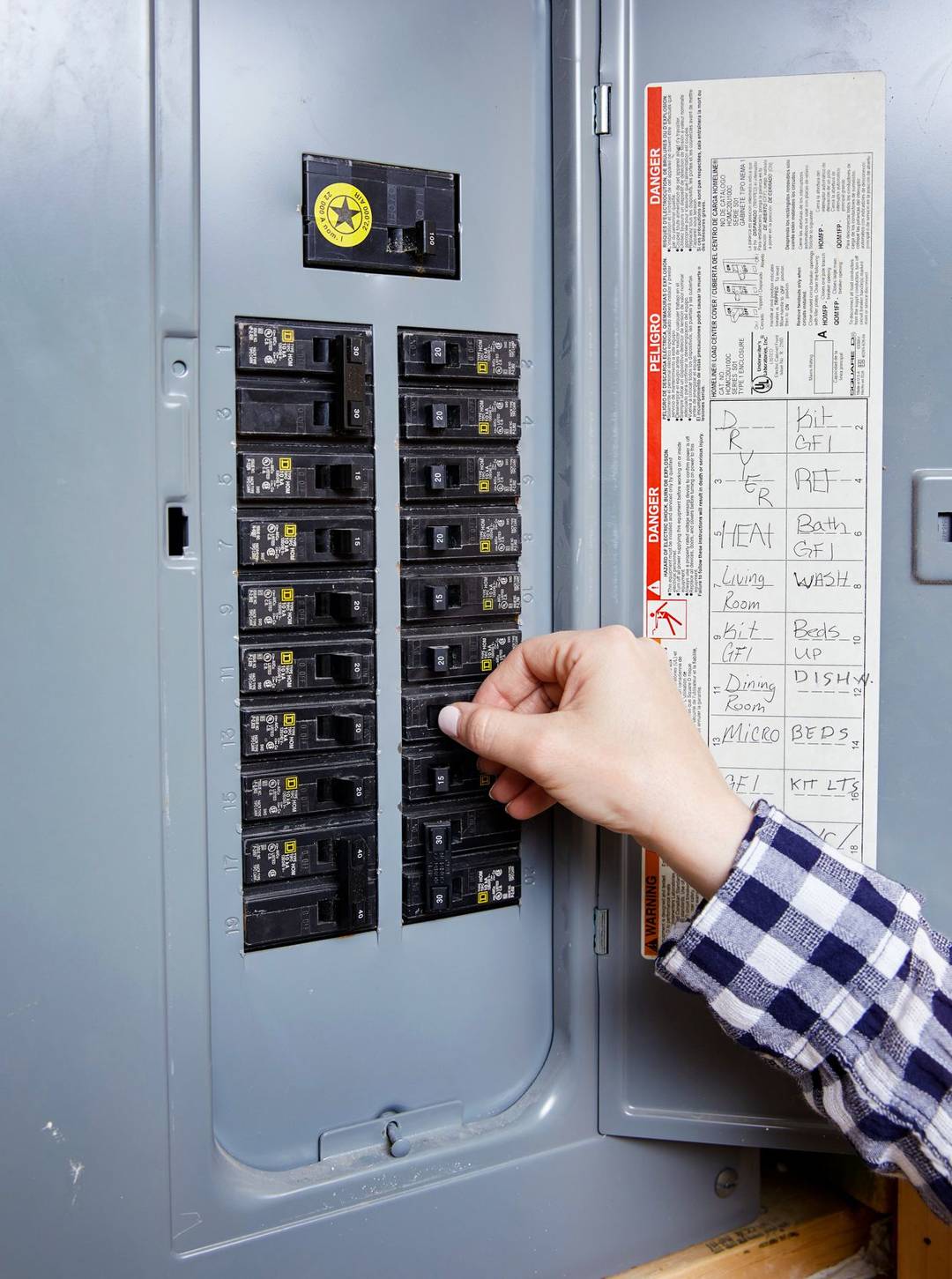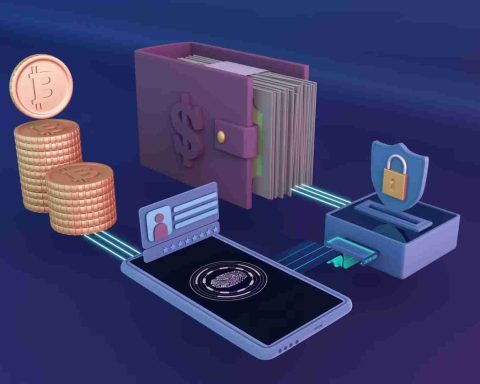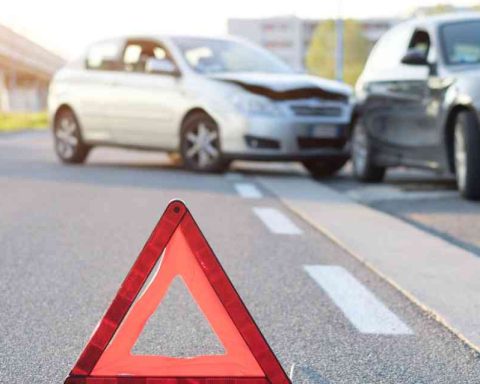Start every electrical project by taking the most important safety measure—turning off the power to the wires and devices you’re working on. We’ll show you how to make sure the power to your home circuits has been switched off, so you can safely proceed with electrical work. Our guide will also help you know what to do when receptacles or lights suddenly go dead, which could indicate that a circuit has overloaded.
To turn off the power in your home, begin by locating the electrical service panel, then follow our step-by-step instructions below. If you have an older home, you might have a fuse box instead of a circuit breaker, so if this is the case, head to our tutorial for turning off power at the fuse box.
Locate Your Home’s Service Panel
A residential main service panel contains either circuit breakers or fuses and is usually located in a utility area. It should be easily accessible but away from the main traffic flow in the house. The panel may be in the garage or basement. In warm climates, it may be on the outside of the house. In an apartment or condo, it may be recessed into the wall in a closet or laundry area. The service panel is likely a gray metal box or door, unless it has been painted.
When locating your home’s service panel, you might find more than one, especially in an older home. Subpanels are sometimes added to older systems to expand the number of circuits. Turn off the power on these just as you would a fuse or breaker in the main service panel.
During an emergency, you might need to get at the service panel in the dark or in a hurry. Make sure all adults in your home know where to find the breaker box. Keep the path to the panel clear and don’t lean anything against it.
Examine the Breaker Box and Turn Power Off
Once you’ve located the breaker box in your home, open the door to get to the fuses or breakers inside. If the service panel appears damaged or if loose wires are visible, call a professional electrician to check it.
After opening the service panel door, you will find rows of individual circuit breakers, which look like toggle switches, and a main breaker on top. A list indicates which parts of the house each breaker controls. The list should identify which breaker controls the receptacle or fixture you want to de-energize. These are individual breakers. To shut one off, flip the lever to the “off” position. Test the device to make sure the power is off before working on it.
To turn off power to the entire house, flip off the main breaker, usually a double-width switch located at the top of the service panel. You might need to have a flashlight handy when you turn off the power to your entire home.
How to Reactivate Tripped Breakers
Breakers vary in the way they shut off when they sense an overload. One toggle type has a red button that pops up when the breaker has tripped. Reactivate it by turning the switch back on.
Some toggles turn partway off when they blow. To restore power in a breaker, flip the switch all the way off, then on. The button on a push-button breaker pops out when the breaker shuts off; push the button in to restore power.






